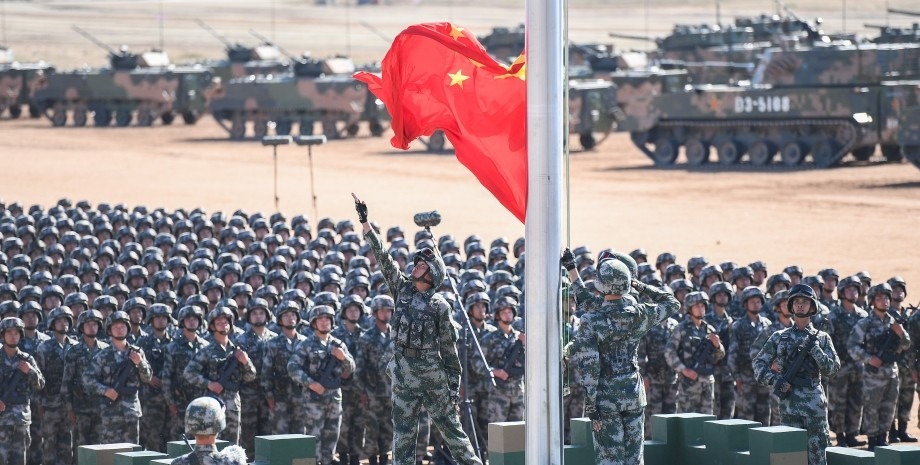
China will increase its defense budget by 7.2% in 2025, bringing total military spending to $245 billion.
AP News reported on this based on figures released at the annual session of the National People’s Congress.
The increase, reported by the Associated Press, reinforces China’s position as the world’s second-largest military spender after the United States. However, the Chinese government has decided to increase it by another 7.2% in 2025 to continue building its own army.
U.S. defense officials estimate that China’s actual defense expenditures could be up to 40% higher than official figures, as additional military-related costs are embedded in other budgets.
China attributes the budget increase to expanded military exercises, maintenance, and improving conditions for its 2-million-strong armed forces. However, analysts see the move as a response to rising tensions with the U.S., Australia, and neighboring countries, as well as efforts to modernize its naval and strategic forces.
China has already increased its military presence in the South China Sea, reinforcing territorial claims that are not internationally recognized.

Over the past year, China has also conducted large-scale exercises involving missile forces, naval units, and aviation around Taiwan, signaling its readiness for potential military action.
China is undergoing the fastest nuclear force expansion in its history, aiming to strengthen its strategic position against the U.S. and Russia. This modernization drive is part of Beijing’s broader ambition to build a “world-class” military by mid-century.
China is advancing a broad modernization of its nuclear triad, which includes upgrading intercontinental ballistic missiles (ICBMs), developing a new class of nuclear-powered submarines, and introducing a strategic stealth bomber.
Over the past five years, China has upgraded the air arm of its nuclear triad, which consists of the PLA’s land, naval, and air forces, with the H-6N bomber, which is capable of mid-air refueling and carrying an air-launched ballistic missile. China publicly displayed the bomber during the 2019 National Day parade.
Beijing has also deployed DF-26 ballistic missiles, which have a maximum range of 5,000 km and a claimed accuracy within 100 meters.

Meanwhile, two new Type 094 nuclear submarines have entered service, enabling continuous patrols in open waters. These submarines are equipped with upgraded JL-3 submarine-launched ballistic missiles.
According to U.S. intelligence estimates, China is on track to more than double its nuclear arsenal, increasing from 500 to over 1,000 warheads by 2030. The expansion is largely driven by the deployment of additional ICBMs capable of reaching the continental United States.
China is reportedly expanding its strategic forces in the following way:
Since 2021, satellite imagery has revealed an extensive buildup of missile silos in Gansu province and the Inner Mongolia region, with at least 120 silo launchers identified by the James Martin Center for Nonproliferation Studies.
U.S. intelligence suggests China is developing lower-yield nuclear warheads to enhance its deterrence options.
Analysts base their assessments on Chinese military literature, defense industry data, and directives from President Xi Jinping.
Підтримати нас можна через:
Приват: 5169 3351 0164 7408
PayPal - paypal@mil.in.ua
Стати нашим патроном за лінком ⬇
Subscribe to our newsletter
or on ours Telegram
Thank you!!
You are subscribed to our newsletter